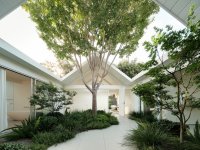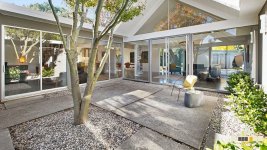Bonsai Nut
Nuttier than your average Nut
Probably the biggest misunderstanding people have when starting out in bonsai - and the greatest mistake they make - is to think that they can keep bonsai trees indoors. With only a few exceptions, all bonsai trees must be kept outside, or they will die a quick and certain death. Even the short list of tropical trees that can be kept indoors would do better if they were kept outside. I wanted to create a thread for people to discuss this subject - and the horticultural reasons why this is true - so that we can avoid unnecessary tree deaths and the disappointment bonsai beginners feel when their first efforts end in failure.
Sadly, I have found that some retailers even sell their bonsai trees like they were houseplants - or label them as "indoor bonsai" to differentiate them from "outdoor bonsai". There is no such differentiation. They are all outdoor bonsai... though a tiny percentage may be kept alive indoors if the proper environment can be provided. This is certainly the exception and not the rule.
Worst yet is people who post on social media fake information like "I kept my bald cypress indoors and it did fine!". This thread is here to debunk that nonsense.
I will be editing this post as I have time - to create a lasting resource here on the site.
Sadly, I have found that some retailers even sell their bonsai trees like they were houseplants - or label them as "indoor bonsai" to differentiate them from "outdoor bonsai". There is no such differentiation. They are all outdoor bonsai... though a tiny percentage may be kept alive indoors if the proper environment can be provided. This is certainly the exception and not the rule.
Worst yet is people who post on social media fake information like "I kept my bald cypress indoors and it did fine!". This thread is here to debunk that nonsense.
I will be editing this post as I have time - to create a lasting resource here on the site.
Last edited:





